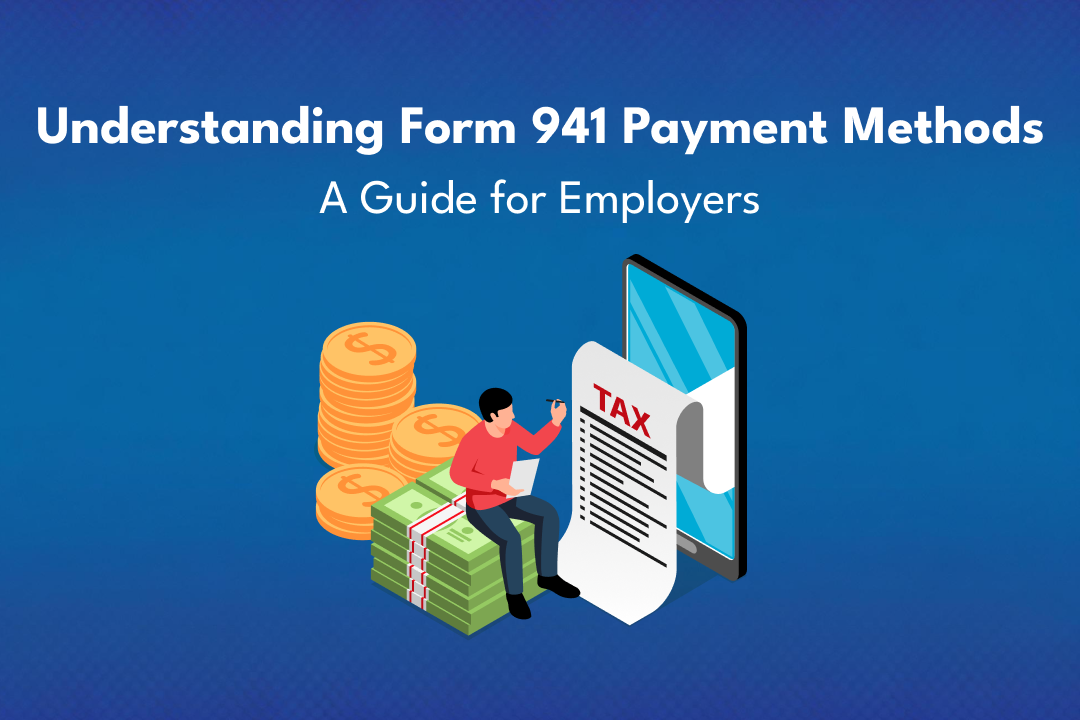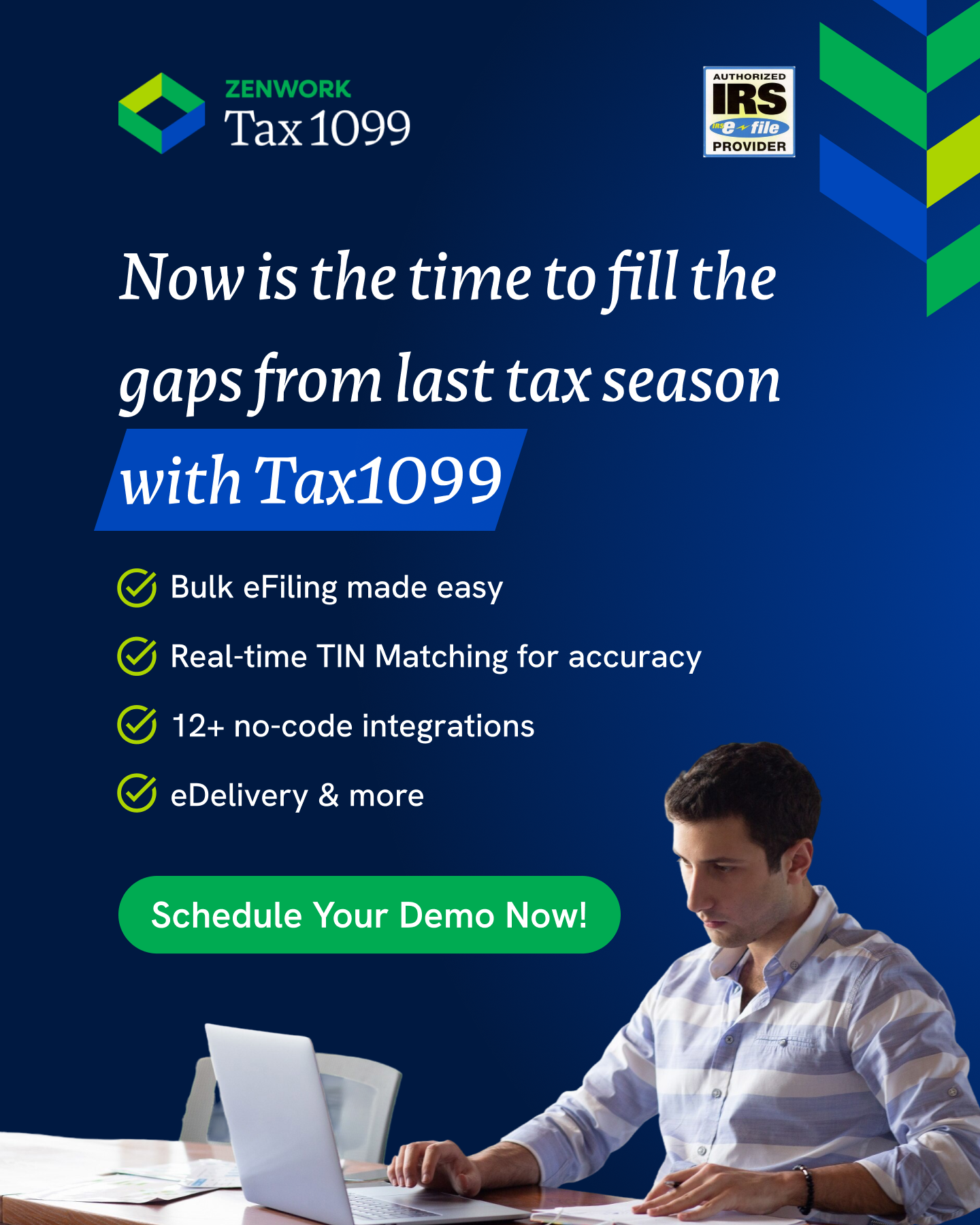Are you an employer struggling to navigate the complexities of Form 941 payments? Look no further! This comprehensive guide unveils the hidden secrets behind understanding and selecting the right payment method for your business. From the convenience of electronic options like EFTPS and EFW to the traditional charm of checks, we’ll demystify each method, empowering you to make informed decisions while avoiding penalties.
Tax season can be daunting for employers, especially when navigating the intricate world of Form 941 payments. With numerous payment methods available, it’s easy to feel overwhelmed and unsure about the best approach for your business. But fear not!
This comprehensive guide will unravel the mysteries surrounding Form 941 payment methods, equipping you with the knowledge and confidence to make informed decisions. Whether you’re intrigued by the convenience of electronic systems or prefer the traditional touch of checks, we’ve got you covered.
Get ready to embark on a journey of understanding and simplifying your Form 941 payments like never before!
Related Blog Post: Common Errors to Avoid on Form 941: Tips for Accurate Filing
Form 941 Payment Methods Explained
As an employer, mastering the art of Form 941 payments is essential to ensure smooth tax compliance. Let’s delve into the various payment methods available to submit your Form 941 and find the one that suits your needs best!
Electronic Federal Tax Payment System (EFTPS)
The advent of electronic Federal Tax payments for Form 941 has revolutionized the way taxes are paid. While users of EFTPS must first enroll before making payments, the enrollment process through the IRS can take several days. However, with Tax1099 IRS Federal Tax Payment, you can complete your enrollment process in minutes. The platform not only ensures accuracy through electronic payments but also consolidates the tax management process, offering features such as tracking, historical data access spanning up to 16 months, and the flexibility to make payments for multiple clients under a single login. With the user-friendly platform, taxpayers can conveniently make 24/7 tax payments from the comfort of their homes or offices, eliminating the need for tedious queues and restrictive office hours. Additionally, users can plan by scheduling tax payments up to a year in advance.
We’ll guide you through the entire process and empower you with a step-by-step tutorial on how to make seamless payments through IRS Federal Tax Payments. To gain more insights and understand the features, please visit our dedicated webpage.: IRS Federal Tax Payments.
Electronic Funds Withdrawal (EFW)
Are you seeking a hassle-free way to make Form 941 payments without dealing with checks or manual transfers? Electronic Funds Withdrawal (EFW) might be your perfect match! Learn how EFW works and discover its advantages and limitations in the context of Form 941 payments. Plus, we’ll walk you through the simple process of setting up EFW payments for your Form 941.
Check or Money Order
Embrace the charm of tradition with the classic payment method of checks or money orders. While not as technologically advanced as electronic options, checks offer unique benefits. Gain valuable insights into correctly filling out a check or money order for Form 941, and we’ll ensure you have the correct address to send your payment.
Third-Party Providers
If the payment process alone feels overwhelming, third-party providers are here to save the day. Get introduced to the world of third-party providers and understand their role in facilitating Form 941 payments. We’ll present a balanced view of the pros and cons, enabling you to make an informed decision. Discover the crucial factors to consider when selecting the right third-party provider for your business.
Related Blog Post: All You Need To Know About IRS Form 941: An End-To-End Guide
Selecting the Right Payment Method for Your Business
With an array of Form 941 payment methods, choosing the perfect fit for your business can be game-changing. Let’s dive into the factors you should consider when making this crucial choice:
Convenience and Ease of Use
Time is money, and a payment method streamlining the process can save you both. Evaluate the convenience and ease of use offered by each payment option. Does it integrate seamlessly with your existing financial systems? Is the user interface intuitive? We’ll help you identify the most user-friendly option that aligns with your workflow.
Security and Reliability
Safeguarding your financial data is paramount. When selecting a payment method, prioritize security and reliability. Look for robust encryption protocols, multi-factor authentication, and a proven track record of safeguarding sensitive information. Our guide will steer you towards trustworthy options, providing peace of mind during tax season.
Cost and Fees
The bottom line matters, so it’s essential to understand the costs associated with each payment method. Some options might carry transaction fees or additional charges. Compare the costs of different methods to find the most cost-effective solution that aligns with your budget.
Integration with Payroll Systems
Seamless integration between your payroll system and payment method can be a game-changer. Assess how well each option integrates with your existing payroll software. A smooth integration can streamline your processes, reducing the risk of errors and saving you precious time.
Assessing Your Business Needs and Preferences
No two businesses are alike, so assessing your unique requirements and preferences is vital. Consider the size of your company, your cash flow, and the frequency of tax payments. Tailoring the payment method to your needs can optimize efficiency and simplify financial management.
Best Practices for Form 941 Payment Management
Now that you’ve explored the various payment methods and selected the perfect fit for your business, it’s time to master the art of Form 941 payment management. In this section, we’ll unveil the best practices to ensure a smooth and error-free payment process:
Setting Up a Payment Schedule
Consistency is key to successful tax compliance. Create a well-defined payment schedule that aligns with your business’s financial flow. Establishing a clear timeline will help you stay on top of your Form 941 obligations, whether monthly, quarterly, or annually.
Tracking and Recording Payment Transactions
Organized record-keeping is the foundation of effective payment management. Implement a reliable system to track and record each payment transaction accurately. This not only simplifies your financial reporting but also provides a safety net in case of any discrepancies.
Ensuring Accuracy and Avoiding Penalties
Meticulousness is crucial when it comes to tax-related matters. Double-check each Form 941 payment for accuracy before submission to the IRS. Avoid costly penalties and interest by reviewing all details, including your EIN, payment amount, and tax period.
Manage Payment Deadlines and Avoiding Late Payments
Late payments can incur unnecessary penalties and interest, impacting your bottom line. Stay ahead of the game by setting reminders for important payment deadlines. Our expert tips will help you avoid the stress of last-minute payments and ensure compliance with the IRS.
By embracing these best practices, you’ll transform your Form 941 payment management from a daunting task into a well-oiled, efficient process. Stay compliant, avoid penalties, and gain peace of mind knowing your payments are in good hands. As you implement these practices, you’ll see the rewards in your financial stability and time management. Congratulations on taking control of your Form 941 payments like never before!



